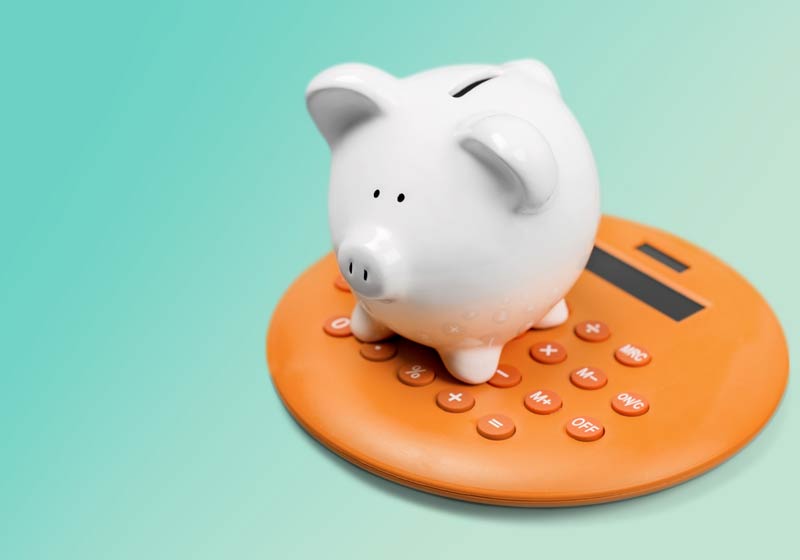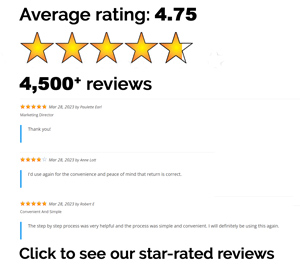2020 was a rough year financially for many people. Some lost their jobs, saw their hours cut, or were forced to drop out of the workforce temporarily due to childcare issues. Now that people are getting vaccinated and businesses are reopening, we’re starting to see the light at the end of the tunnel. It may take some time to bounce back completely, but there are steps you can take to get your finances back to normal faster.
Evaluate your financial health
During the pandemic, many people found themselves in survival mode. Businesses were shut down, but the bills kept coming in. With limited income, some people were forced to focus solely on their needs (rent, food, utilities and transportation) because they didn’t have enough money to pay the rest of their bills. Now that things are slowly getting back to normal, it’s time to assess your financial situation. See how much you owe on your credit cards and other bills. Then check your bank accounts to see how much money you have available. It’s also a good idea to check your credit report. You’re entitled to a free copy from each of the credit bureaus annually. Doing these things will show you exactly where you stand so you can strategize how to do better.
Create an updated budget
You’re less likely to waste money if you plan how each dollar will be spent. So, it’s time to create an updated budget. Start by calculating your monthly income and creating a list of your expenses. A lot has changed in a year and it’s possible that the things you used to prioritize don’t matter as much anymore. Carefully review your expenses and decide what you can live without or what you’d like to add to the list. Maybe you found a new love for at-home workouts and no longer need a gym membership. Or maybe you want to set aside money for crafting and spend less in another category. Do whatever works for you. If you find that you’re spending a lot more than you make, look for ways to reduce your expenses or earn more money.
Track your expenses
Creating a budget is only helpful if you actually follow through and stick to it. So track your spending for the next month to see if the budget you created is realistic. The easiest way to do this is to use a budgeting app, but you can always use an Excel spreadsheet if that’s what you’re comfortable with. Everything you spend must go on the list even if the item only costs a quarter. It’s important that you pay attention to the results because you may find that you’re overspending in an unexpected area or less than you anticipated in others. Either way you’ll be able to adjust accordingly.
Start saving now
If you were forced to dip into your savings or didn’t have any money saved to begin with, building your rainy-day fund needs to be a priority. Emergencies can happen anytime and you need to be financially prepared. Ideally you want to save between 3 to 6 months of living expenses, but since it’s been a rough year, you can start small. Aim to save $1,000 then work your way up from there.
Catch up on your bills
Earlier in this article, we told you to find out how much you owe on your credit cards and now it’s time to put that information to use. Create a list of your debts from the smallest to largest balances. You’re going to use the snowball method to pay them off. How it works is you’ll put most of your money towards eliminating the smallest balance while making the minimum payments on everything else. Once that bill is paid off, you’ll move on to the second smallest balance. Continue the cycle until you’re completely debt-free.




